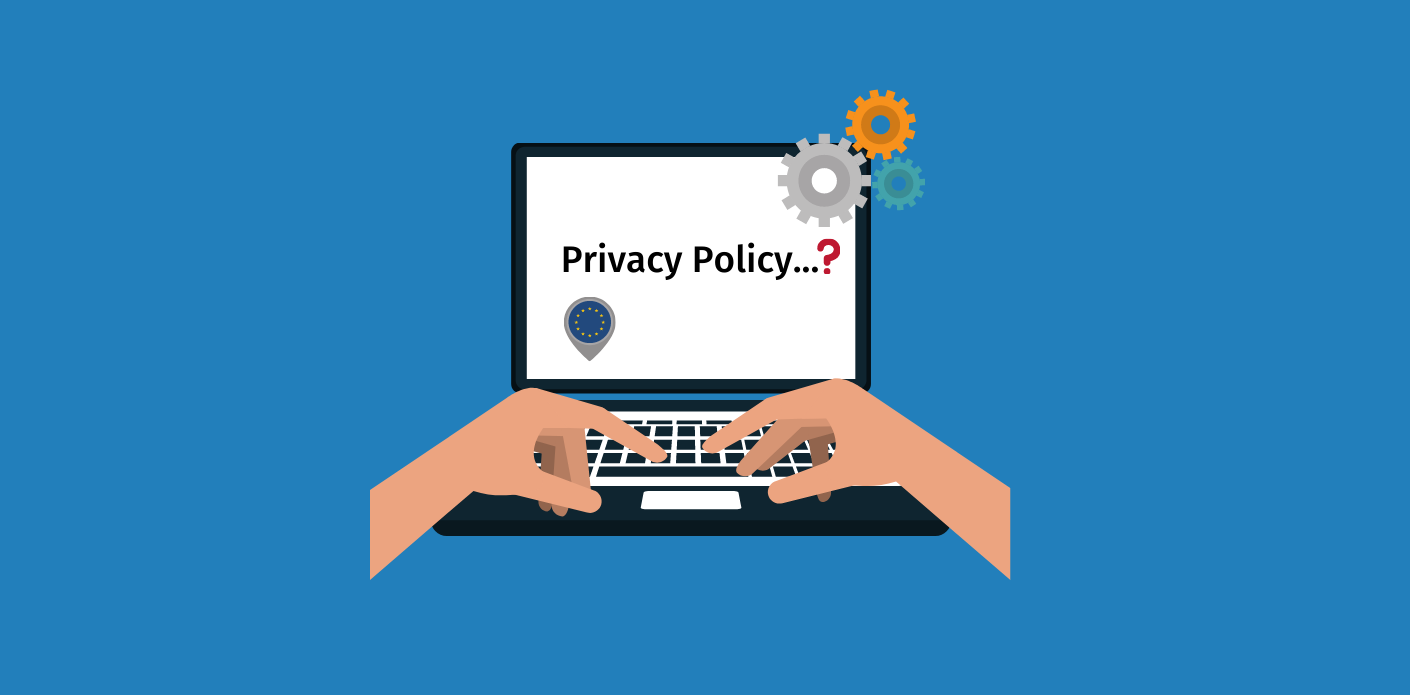One of the best ways to do this is by checking the privacy policy of websites you visit. Here’s a simple guide on how to find and understand the privacy policy of any website.
1. Locate the Privacy Policy Link
Most websites place a link to their privacy policy at the bottom of the homepage, often in the footer. Look for phrases like “Privacy Policy,” “Privacy Notice,” or “Data Protection.” If you don’t see it there, check the “About Us” or “Legal” sections, which can also contain this information.
2. Use the Website’s Search Function
If you can’t find the link manually, use the website’s search bar. Type in “privacy policy” and see if it directs you to the relevant page. This method can save time, especially on large or complex websites.
3. Check the Sitemap
Some websites provide a sitemap, which is a page listing all the website’s sections and links. The privacy policy should be listed here. You can usually find the sitemap link in the footer or the main menu.
4. Review the Privacy Policy Content
Once you’ve found the privacy policy, it’s crucial to understand what it says. Here are key sections to look for:
- Data Collection: What types of personal information does the website collect? This could include names, email addresses, phone numbers, and browsing history.
- Data Usage: How does the website use your information? This might include purposes like improving services, sending newsletters, or sharing with third parties.
- Data Sharing: Does the website share your data with third parties? If so, who are these third parties, and for what purposes?
- Data Security: What measures does the website take to protect your information? Look for details on encryption, secure servers, and other security practices.
- User Rights: What rights do you have regarding your personal data? This can include the right to access, correct, or delete your information.
5. Look for Updates
Websites often update their privacy policies to comply with new laws or changes in their services. Check the date of the last update, usually found at the top or bottom of the policy. Regularly reviewing the privacy policy ensures you stay informed about how your data is handled.
6. Contact the Website for Clarification
If you have any questions or concerns about the privacy policy, contact the website directly. There should be contact information provided within the policy, such as an email address or a contact form.
7. Use Online Tools
Several online tools and browser extensions can help analyze privacy policies. These tools can highlight key points and provide summaries, making it easier to understand complex legal language.
Checking the privacy policy of any website is a straightforward process that can significantly enhance your online security. By knowing what to look for and understanding the key components of a privacy policy, you can make informed decisions about which websites to trust with your personal information. Always stay vigilant and prioritize your privacy in the digital world.
